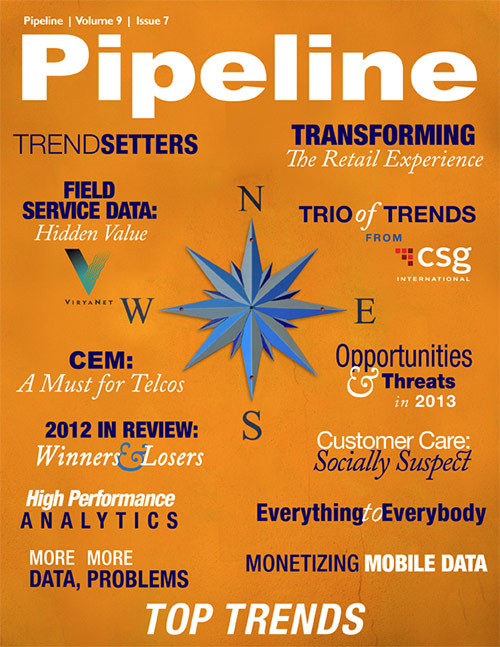Monetizing Your Data Traffic
In addition to applying policy management solutions to the subscriber, CSPs can integrate with third-party content providers and local businesses to utilize location-based services. For example, a subscriber might receive an incentive to browse specific internet sites free of charge while shopping in a retailer’s store or having coffee in his or her favorite cafe. The retailer would pay the CSP for this type of service because it attracts customers to the retailer’s stores. To do this, the policy management system must understand location and be able to restrict access through content management or redirection services to a limited-access facility.
Enhancing security
As service providers gain insight into their subscribers and their usage patterns, they will be able to monetize other functions and deliver services that positively enhance the customer experience. Another example is the ability to improve subscriber security through solutions that provide enhanced intelligence and can identify and react to malicious content.
A subscriber may unwittingly be one of the 10 million hosts that are infected and actively participate as part of a botnet. With a flexible and dynamic policy management solution, it is possible to design a system to detect the botnet signature in the traffic being sent to and from the subscriber’s device. Once the device is identified, traffic from that host can be redirected to a provider-hosted site to notify the user that his or her device has been infected. At that point one of several actions may be taken: the user can connect to a site that will clean the device of the botnet code, or the user can contact the provider to have a support technician clean the device for a nominal service fee. This type of service is only possible with a flexible policy management solution that integrates multiple components of the network — the firewall or DPI device, the PCRF and PCEF components, the DNS servers — to provide traffic redirects. Users can even be redirected to a custom page that describes exactly what is infecting the user’s device and what actions can be taken to fix it.
All of these service plans and promotions can be implemented with a policy control system that is fully integrated with the service provider’s billing and provisioning system. That system, however, must be flexible and dynamic enough to be able to quickly adapt to subscribers’ changing behavior. Based on detailed real-time analytics, CSPs can furnish dynamic pricing and promotions for their subscribers as well as identify other methods for generating revenue that are directly and indirectly related to the analysis of the traffic on their networks. All of this leads to increased revenue for the CSPs and an improved QoE for their customers.
There are a number of ways that CSPs can reduce the congestion on their networks and monetize this change in the evolution of said networks. Of the models that are discovered and propagated throughout the industry, some will be successful and others will not due to subscriber preferences, technology limitations and political and legal concerns. Some CSPs will develop services and gain technological dominance over their competitors for a period of time, but whatever the case a flexible and scalable policy management framework is critical to a CSP’s success. As new technologies and designs are implemented, they need to be instituted quickly and seamlessly to leverage monetization of the service as early as possible. Solutions will be added and removed from the policy management framework as they succeed and fail in the marketplace.
CSPs need to have a flexible policy management framework that allows for the integration of the new polices and technologies in an efficient and scalable fashion. CSPs that are able to provide these premium services in a timely fashion and with minimal disruption to their subscribers’ experience will be the winners in this evolving market.


















